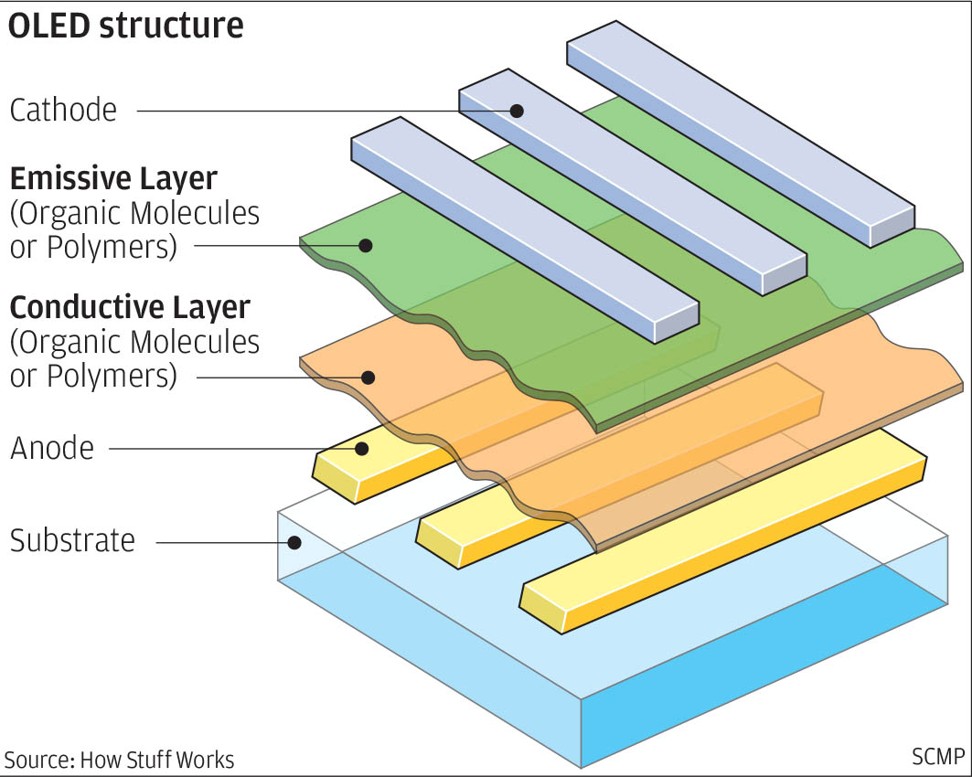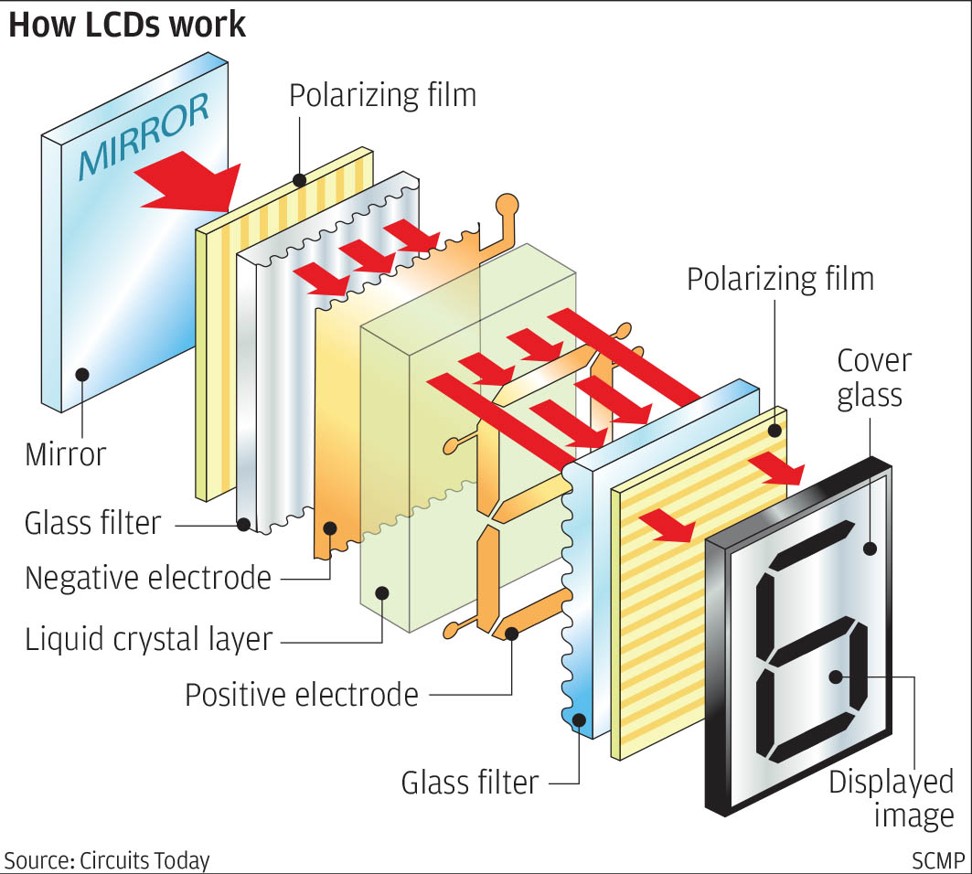
What is OLED, and why should you pay more to have it on your phone?

OLED - Organic light-emitting diodes
OLEDs, short for organic light emitting diodes, are an offshoot of the better-known light-emitting diodes, also known as LED. As a step-up from LED, OLED replaces LED’s arrays of individual light bulbs with thin films of organic molecules. OLED displays can therefore be much thinner and even bendable. OLED displays also exhibit deeper and darker blacks than the LED ones.
AMOLED - Active Matrix OLED
AMOLED is essentially OLED with a few added functionalities. AMOLED contains a type of thin film transmitter which charges the individual pixels. AMOLED consumes less power with more screen flexibility. Samsung even branded its most advanced version of AMOLED the Super AMOLED, which is a more advanced version and integrates touch sensors and the actual screen in a single layer.
Smartphone use case:
- Apple iPhone X
- Samsung Galaxy Series
- LG V30
- Nokia N95
- Microsoft’s Lumia 950XL

LCD - Liquid Crystal Display
An LCD is often likened to a sandwich. Between the mirror in the back and glass in the front are a combination of materials which conduct electricity. Among them, the key material is liquid crystal.
The adaptable nature of liquid crystal, which morphs between solid and liquid states, allows the material to be manipulated, in turn making the amount of light passing through liquid crystal controllable. By precisely controlling the amount of light passing through, an LCD display can exhibit very accurate images.
Smartphone use case:
- All iPhones before iPhone X
- Huawei Mate series
- Huawei Honor series
- LG V10
- LG V20
Plasma display
Similar to LCD, plasma is neither solid nor liquid or gaseous. Plasma displays use small cells containing electrically charged ionised gases. In a plasma display, each pixel functions as a minute fluorescent light illuminated by plasma.
Plasma display technology has retired into the history books, losing out to both the LCD and OLED technologies, with the former being more affordable and the latter better in performance.
Smartphone use case:
- Seriously? Nobody uses plasma in smartphones.
Which technology is better?
Zhao Ziming, a senior analyst at Pintu Tank in Beijing, which focuses on internet research, said LCD and OLED displays are not strictly comparable, because the physics behind the two technologies are fundamentally different.
OLED -- and AMOLED in particular -- is the trend for the future because of its flexibility and its ability to exhibit darker black.
“AMOLED displays can be made much thinner and more flexible,” he said. “To achieve ‘infinity display’, or having the display completely wrapped around a device, AMOLED is the only viable choice at the moment.”
A fatal shortcoming of LCD is its inability to exhibit the true black colour.
“In an LCD display, there is always a back light,” he said, “When an LCD display appears to be exhibiting a black screen, it’s actually a dark blue colour. But the black in an AMOLED display looks like you have your phone switched off.”
Yan Zhanmeng, research director of global industry analysis firm Counterpoint, said OLED and AMOLED are “lighter in weight as the material is light-emitting and can work without a back light.”
OLED and AMOLED are usually “a third more expensive” than LCDs, he said.
Yet he added OLED and AMOLED are more suitable than LCD for virtual reality (VR) devices because they would invoke less dizziness, which is likely a result of the absence of back light as well as the extra layers of glass.
